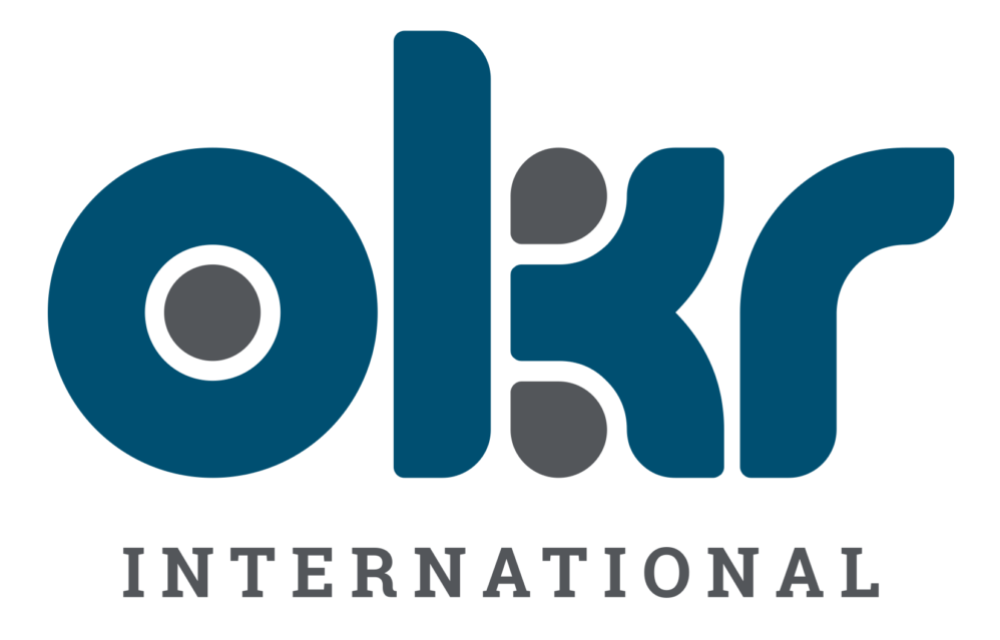Introduction: Inputs, Activities, Outputs, Outcomes, and Impact
Understanding the complex interplay between Inputs, Activities, Outputs, Outcomes, and Impacts is crucial for any organization aiming to evaluate the efficacy of various initiatives and programs associated with OKRs. These terms, while frequently used, often suffer from a lack of consistent interpretation across different entities. This extended article aims to clarify these concepts, illustrating their distinct roles in the framework of developmental projects and how they contribute to a structured evaluation system.
Organizations generally get the big picture: they know there’s a difference between the actions they take—what they do day-to-day—and the grand changes they’re aiming for in the long run, the real difference-makers, the impact. However, that’s not the whole story. To get to those game-changing impacts, it’s not a straight line; it’s more like a journey with a bunch of stops along the way. Think of it as a road trip with various pit stops—inputs, activities, outputs, outcomes, and then, finally, the destination: impact. The result chain is like our travel guide; it breaks down the trip into these segments, making the path to impact feel a bit more manageable.
The Conceptual Framework: Inputs to Impacts
Inputs and Activities: The Foundation of Any Intervention
In the realm of OKRs, inputs act as the fuel. These are the resources, such as finances, manpower, and materials, required to kickstart any Initiative. Inputs trigger activities, the actions undertaken to utilize these resources effectively. For example, in a project aimed at agricultural enhancement, inputs could include seeds, farming equipment, and the hiring of agricultural experts.
Inputs are the resources that are utilized to execute activities in pursuit of OKRs. These represent the foundational efforts and resources that are utilized to initiate and sustain organizational interventions. In the OKR framework, these could be seen as the strategic planning and resources allocation that support the achievement of Key Results. These include:
- Human Capital: Teams dedicated to achieving specific OKRs, including their skills and time.
- Technological Tools: Software and systems for tracking OKR progress and facilitating communication across departments.
- Financial Resources: Budget allocations that empower initiatives and strategic activities underpinning the OKRs.
Activities are the actions taken or work performed using the inputs. These activities directly contribute to achieving the OKRs: These include:
- Objective Setting Workshops: Engaging workshops where teams align on strategic objectives for the upcoming cycle.
- Cross-functional Meetings: Regular synchronization meetings to ensure alignment and address any roadblocks across departments.
- Training and Development: Sessions aimed at enhancing skills directly linked to the achievement of key results.
Outputs: Tangible Products and Services
Outputs are the direct results of activities, consisting of the products, services, or facilities that stem from the utilization of inputs. If we continue with the agricultural project example, outputs might encompass the distribution of seeds and the training sessions for farmers on modern farming techniques. These are tangible deliverables that can be easily quantified and monitored.
In the context of OKRs, outputs can be aligned with specific Key Results. These are the tangible products, services, or changes resulting directly from organizational activities. Outputs should be clearly defined and measurable as they represent the immediate results of the actions taken towards achieving broader objectives. They are tangible and measurable. These include:
- Completed Projects: Specific projects or initiatives that were completed as part of the effort to meet the OKRs.
- Performance Reports: Data and analysis generated from tracking the progress of key results.
- Stakeholder Feedback: Direct feedback from internal or external stakeholders regarding the outcomes of the initiatives.
- Developed Strategies: Documented strategies that outline the approach towards achieving each key result.
- Performance Dashboards: Up-to-date dashboards that provide real-time data on the progress towards each objective.
- Completed Milestones: Specific milestones within a larger objective that have been achieved within the set timeframe.
Outcomes: The Immediate Effects
Moving beyond outputs, we encounter outcomes. These are the changes or benefits that occur as a result of the outputs. Outcomes are more dynamic and can start to indicate the effectiveness of an OKR. In the agricultural scenario, an outcome could be the increased crop yield resulting from the newly implemented farming techniques.
In an OKR framework, outcomes inform whether the Key Results are effectively contributing towards achieving the overarching Objectives. Outcomes often reflect changes in behavior, practice, or performance that are necessary stepping stones towards impact. Outcomes are the short-term and medium-term effects of the outputs. They represent the actual changes or benefits resulting from the activities. These include:
- Improved Team Alignment: Greater coherence and synergy among team members regarding organizational goals.
- Enhanced Skills: Development of new skills or improvement of existing ones among employees as a result of targeted training aligned with OKRs.
- Increased Productivity: Notable enhancements in productivity metrics, directly attributable to changes implemented from the OKRs.
- Sustained Revenue Growth: Long-term revenue increases sustained by strategic improvements and market expansion.
- Brand Authority: Elevated brand recognition and authority in the industry due to consistently achieved OKRs related to quality and innovation.
- Organizational Agility: Enhanced ability of the organization to respond to market changes due to a culture of continuous improvement and alignment on outcomes.
Impact: Long-Term Changes
At the pinnacle of the results chain lies the impact. This encompasses the broad, long-term effects induced by the project, directly or indirectly, intended or unintended. Impacts might involve significant improvements in the living standards of farmers and their communities, evident through increased income levels and enhanced food security.
This term aligns with the ultimate Objectives in the OKR framework. Impact represents the long-term, sustainable change that an organization aims to achieve through its interventions. In an OKR setting, impact is measured by the attainment of Objectives which should encapsulate significant changes in status, condition, or position relative to the organization’s mission and vision. It reflects significant changes or benefits at a broader level. These include:
- Market Expansion: Entry into new markets or increased market share resulting from strategic OKRs focused on growth.
- Reputation Enhancement: Improved public perception and brand strength due to successful achievement of community-focused OKRs.
- Sustainable Growth: Long-term profitability and resilience stemming from efficiency-improving OKRs.
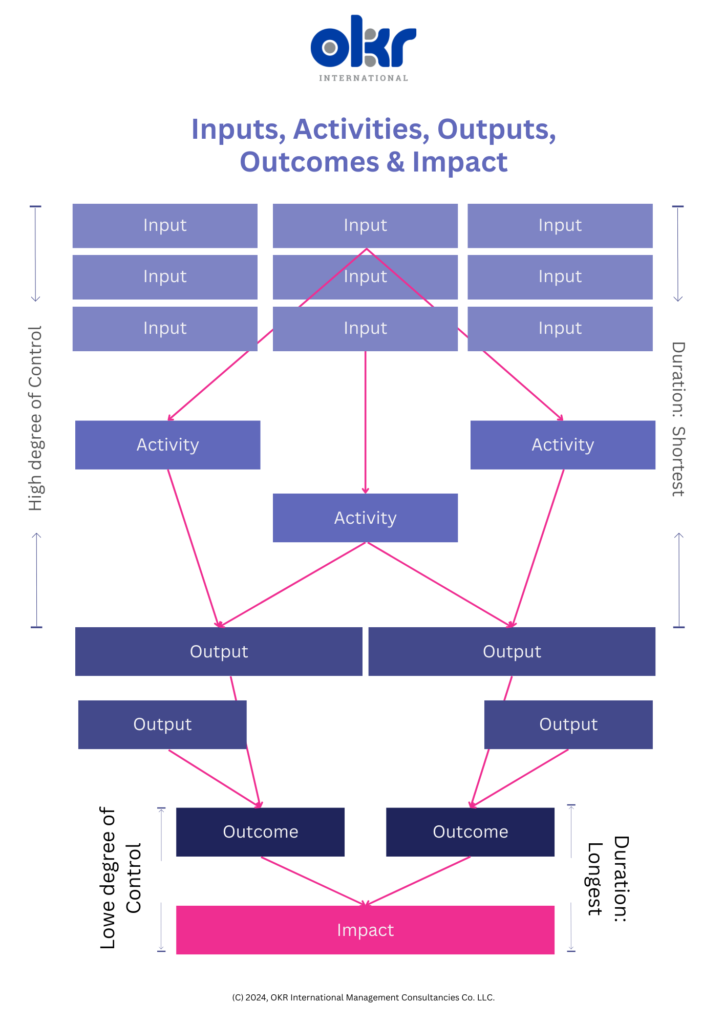
Common Misinterpretations and Their Implications
Distinguishing between these terms can be challenging and misinterpretations are common, often leading to confusion in the planning, implementation and evaluation of OKRs.
Activities vs. Outputs
One frequent area of confusion lies between activities and outputs. While it might seem straightforward to differentiate the actions taken from the tangible results, in practice, the lines can blur. For instance, while ‘conducting a training session’ is an activity, the training material provided during the session might be considered an output.
Another example is from a local health department that launches a series of community awareness campaigns about the importance of vaccinations. The activity here includes organizing workshops, distributing educational pamphlets, and hosting health fairs. It might seem like the end goal is the campaign itself, but that’s just part of the journey. The output becomes apparent when we see the materials—like brochures and flyers—in the hands of the community members. The true measure of success goes beyond the action of distribution to whether these materials increase public knowledge about vaccinations.
Outputs vs. Outcomes
The leap from outputs to outcomes is often subtle yet critical. Outputs are generally within the direct control of the organization and can be achieved in the short term. Outcomes, however, depend on how well these outputs are utilized by the target community. Misidentifying these can lead to incorrect assessments of a project’s success.
50% Increased Vaccination Rates, as an Outcome
While outputs such as pamphlets and educational sessions are solid measures of the activity’s reach, the outcomes take us into the realm of actual behavioral change within the community. After the campaign, the community’s health department might notice an uptick in vaccination appointments. This surge isn’t just a random occurrence; it’s a direct outcome of the increased knowledge and awareness from those pamphlets and workshops. It’s about seeing the information from those flyers translate into action—families lining up at clinics, ready for their shots.
Now, this is where things get even more impactful. The outcome is not just about higher numbers on a chart. It’s about the stories behind those numbers—the parents who, after attending a workshop, decide to vaccinate their children, or the previously hesitant individuals who, thanks to a well-placed brochure, have a change of heart and choose immunization.
When these individuals make informed choices about their health, that’s the outcome. It’s beyond the control of the organization; it depends on how the community responds to the output—the seeds of knowledge planted by the campaign. Misjudging an output for an outcome, like mistaking the distribution of brochures for actual behavioral change, could skew an OKRs perceived effectiveness. It’s the difference between what’s handed out and what happens next.
Outcomes vs. Impact
Finally, distinguishing between outcomes and impacts involves understanding the scale and timeline of change. Impacts are broader and more enduring than outcomes, often requiring a longer timeframe to become apparent. This distinction is vital for setting realistic goals and expectations for development projects.
Continuing with our healthcare example, let’s look at the distinction between outcomes and impacts.
Long-term Health Improvement as Impact
We’ve seen an increase in vaccination rates—that’s our outcome. However, the impact is broader and unfolds over a more extended period. Imagine, a few years down the line, observing the overarching effects of those higher vaccination rates: a healthier population, with diseases that once flared up regularly now rare sightings. That’s impact. It’s the long-term improvement in public health that stems from those increased vaccination rates—an outcome observed earlier.
An impact might manifest as a decline in healthcare costs due to fewer people falling ill from preventable diseases, a change that can ripple through the economy by reducing absenteeism at work and in schools. It could also be seen in the enhanced quality of life across the community, with children and adults enjoying more robust health and longevity.
Distinguishing this level of change from an immediate outcome such as the initial jump in vaccination rates is crucial. The outcome is an important step that hints at success, but the impact is the lasting health legacy of those outcomes. It’s the difference between the immediate effects and the long-term story they tell. By setting realistic expectations for these different levels of change, OKRs can better tailor their strategies and accurately measure their true effectiveness over time.
Examples Illustrating the Concept:
Example 1: Software Development Company
Input: Dedicated budget and development team.
Activity: Developing a new software feature.
Output: Launch of the new feature.
Outcome: Increased user satisfaction and usage.
Impact: Enhanced competitive positioning and increased revenue.
Example 2: Educational Institution
Input: Trained educators and curriculum development resources.
Activity: Implementation of a new teaching methodology.
Output: New courses offered.
Outcome: Higher student engagement and performance.
Impact: Improved educational standards and student success rates.
Example 3: Healthcare Provider
Input: Investment in state-of-the-art medical equipment.
Activity: Training staff to use new technology.
Output: Enhanced diagnostic services.
Outcome: Faster and more accurate diagnosis.
Impact: Improved patient outcomes and healthcare quality.
The Role of Perspectives in Defining Outputs and Outcomes
The classification of outputs and outcomes can vary significantly depending on one’s perspective within the OKR framework. What may be considered an output from one angle could be viewed as an outcome from another. This relativity requires a flexible approach to OKRs, one that accommodates different viewpoints and adapts to the multifaceted nature of OKRs. Objective and Key Results (OKRs) provide a robust framework to enhance clarity, focus, and alignment within an organization. By understanding the relationship between inputs, activities, outputs, outcomes, and impact, organizations can better implement and measure the effectiveness of their OKRs.
The nuanced difference between outputs and outcomes can indeed depend heavily on perspective within an organization, and a good example to illustrate this is the implementation of a new customer relationship management (CRM) system.
Example: Implementing a New CRM System
Perspective 1: The IT Department
- Output: From the IT department’s standpoint, the output of their project could be the successful installation and launch of the CRM system. They are focused on the technical aspects—ensuring the software is properly installed, functional, and user-ready.
- Outcome: For the IT team, an outcome might be the system’s successful integration with existing platforms, evidenced by seamless data migration and minimal downtime.
Perspective 2: The Sales Department
- Output: For the sales team, the output could initially seem the same—the new CRM system going live. However, from their perspective, this is more closely aligned with an outcome because it directly affects their day-to-day operations.
- Outcome: The outcomes for the sales department would be improved tracking of customer interactions and increased sales conversions. These are practical benefits they experience as a result of the new system, impacting their performance metrics and efficiency.
Perspective 3: Company Leadership
- Output: At the leadership level, the output of implementing the CRM might be seen in terms of the project completion within budget and on schedule. This administrative perspective focuses on resource allocation and timeline adherence.
- Outcome: The strategic outcome for leadership would be the long-term business growth enabled by more robust data analytics and improved customer satisfaction scores, leading to increased customer loyalty and revenue.
Bridging Perspectives
This example shows how what one department views as an output (system installation and launch), another might see as a stepping stone to more strategic outcomes (improved sales metrics or customer satisfaction). Such variance underscores the importance of a flexible, inclusive approach to defining and assessing OKRs. By embracing these differing perspectives, organizations can ensure that their OKR frameworks align more closely with the varied and specific goals across their departments, enhancing overall effectiveness and cohesion.
Summary
This comprehensive article delves into the Objective and Key Results (OKRs) framework, highlighting the dynamic interactions among inputs, activities, outputs, outcomes, and impact within organizational settings. It elucidates the distinct role each component plays in achieving strategic objectives and brings complexity to life with practical examples. The analysis reveals how varying perspectives can shape the definitions of outputs and outcomes, underscoring the importance of adopting a flexible and informed approach. By embracing a nuanced understanding of OKRs, organizations can improve alignment, boost efficiency, and achieve substantial long-term advancements.
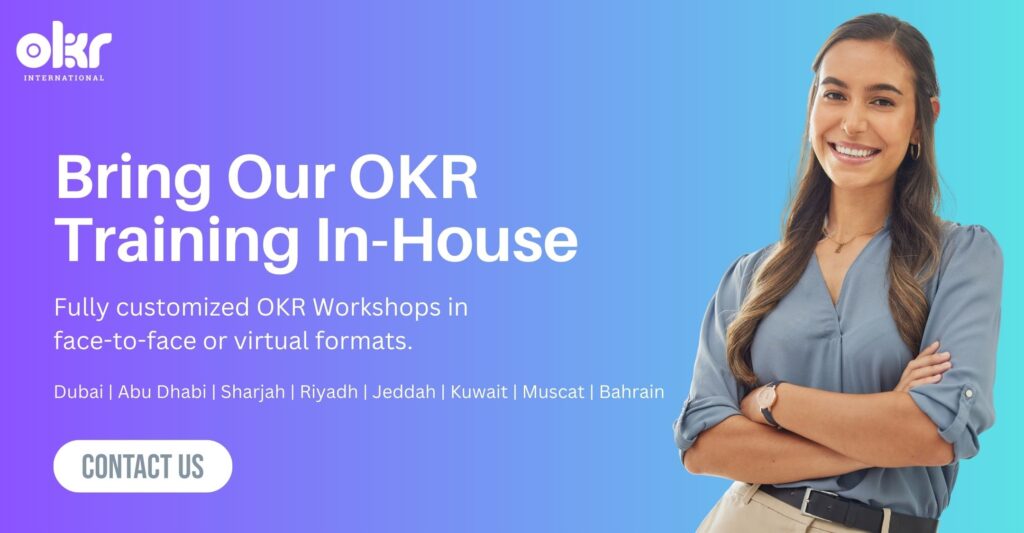
Explore Our Range of Services
Bring OKRs (Objectives and Key Results) to your organisation with our tried & tested OKR Framework.

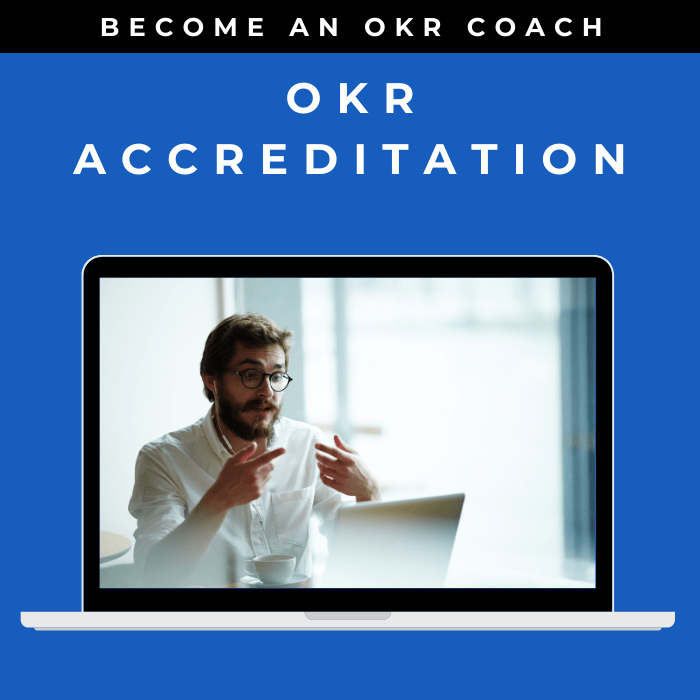
OKR International’s highly acclaimed Certified OKR Practitioner Program is the first and only OKR accreditation endorsed by ICF & HRCI for continuing education units.
OKR International helps leaders create the alignment, engagement and result orientation needed for growth by offering OKR Advisory services.



